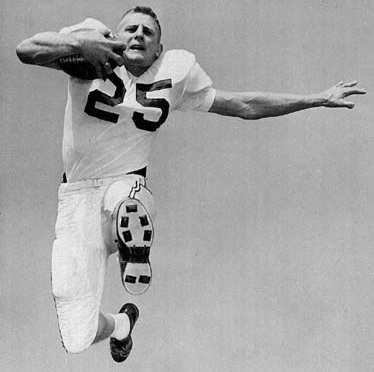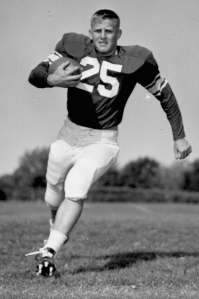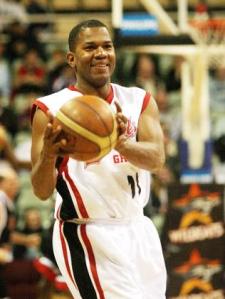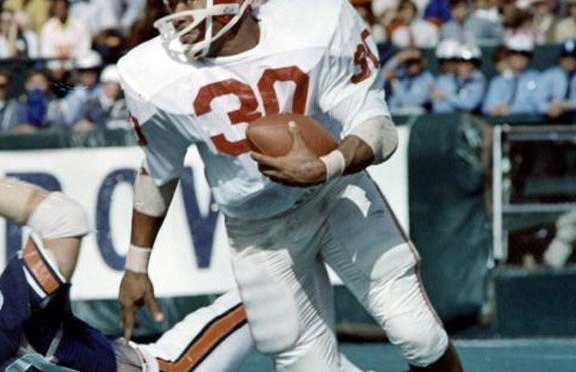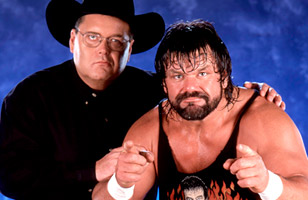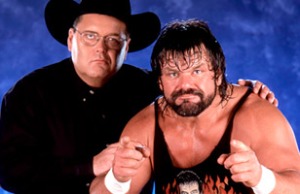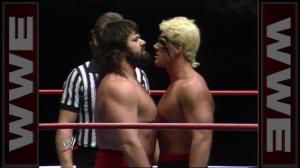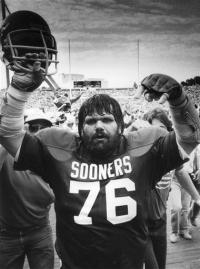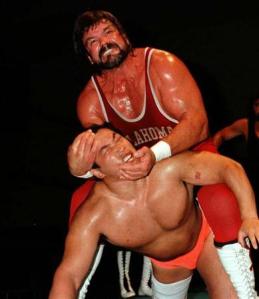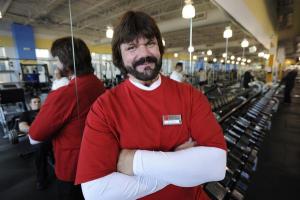As the world of golf searched for the next Tiger Woods, it focused its high beams on former OU golfer Anthony Kim. At 22, he won $1.5 million dollars in 2007, his first full year on the tour and finished sixth on the money list with $4.5 million while winning two PGA events is his second season. He was a member of winning U.S. teams in the Ryder Cup and Presidents Cup and seemed to be on the doorstep of greatness. All before the age of 25.

But Anthony Kim resembled Tiger Woods in another area. He liked to party. His benders were stuff of legend and caused many to wonder if Kim cared enough to be the best. For a time, he seemed to shift gears, making motions that he was going to get serious about his game. Nobody wanted to lose the fun side of Kim, but almost everybody wanted him to succeed.
2010 seemed to be his year. A playoff victory in the Shell Houston Open was followed by a third place finish at the Masters. Kim joined Woods, Phil Mickelson, Sergio Garcia and Adam Scott as the only players in the past 30 to win three PGA events years before their 25th birthday.
Then came the injuries. He had his 2010 season cut short after just 14 events. In 2011, he came back but had just two top ten finishes, his lowest full season total. Then, in 2012, he tore his left Achilles tendon after making the cut in just two of 10 events. Kim has not played in a PGA event since.
This week, his agent said that Kim is not even playing golf recreationally, and even though friends say he’s assured them he is working on a return, it sounds like AK may be done at the age of 28. Here’s a profile I did on him in his first year on the tour, which reads somewhat like a self-fulfilling prophecy.
Anthony Kim exploded onto the collegiate scene at Oklahoma as the NCAA Freshman of the Year in 2004 and was a member of the victorious U.S. Walker Cup team in 2005. Despite that, Kim was somewhat of an enigma in Norman, attaining All-American status three straight years, while at the same time often finding himself in the doghouse of Coach Jim Reagan. Following his junior season, he decided to part ways with the Sooner program and turn professional.
Just like he did in college, Kim made an immediate splash on the PGA Tour, using a sponsor exemption to play in the Valero Texas Open and finishing second in his debut.
After qualifying for full time status in the winter, Kim became the youngest rookie on tour at age 22, and won over a million dollars in his first season.
Still, Kim’s flamboyant style garners almost as much publicity as his talent. He can be seen wearing a large belt buckle he picked up at an Oklahoma mall with the initials AK, sometimes wearing his hat backwards and sporting brightly colored attire.
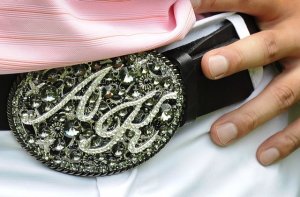
As he told a reporter at the World Golf Championship’s Bridgestone Open, he takes his fashion inspiration from his roots.
“I’ve got a little European, a little basketball, a little everything”, said Kim. “I grew up playing a lot of post and listening to rap and R&B. I had to bring the belt buckle from Oklahoma. I’m trying to be a little bit different and be myself out there.”
His background, as you might imagine, is not typical. An Asian-American, Kim moved away from his parents while he was still in high school. They remained in Northridge, CA, to run the family’s oriental herb business, while Anthony was set up in a house in LaQuinta, where he could attend school and work on his golf game through a membership at PGA West’s four private courses.
Don’t get the idea that Kim is a country club kid, though. He is more in tune with the streets and showed that by hooking up with a public course professional as his mentor and friend.
Kevin Scheller is a pro at Woodley Lakes G.C. in Van Nuys, California who Kim looks to for swing advice. The two became friends first and developed a working relationship later. But Scheller knew from the time he met Kim that the youngster was going to be something special.
“Absolutely”, said Scheller. “He displayed a level of talent that was unusual. It was far and above normal. Every once in a while you come across a kid who is above and beyond the rest of his peers, even people that are older. In the beginning when I knew him, I didn’t help him. We were just friends. Then over the years, we just happened to hang out and I happened to be an instructor and he would be practicing in California and he would say ‘Hey, would you mind taking a look’. I would tell him what I thought and he valued my opinion and it’s nothing more than that.”
“You would have to have him say the word coach out of his mouth, because I just don’t do that. I always considered him a friend first, and I do that for very specific reasons, because it’s not about me. It’s about him. He’s the player. I happen to help him occasionally when things don’t go right. When he’s a little confused and doesn’t think he can figure it out himself. And that goes back to the teenager living on his own in Palm Springs. He can take care of himself and he prides himself in that.”
At Oklahoma, Kim also butted heads with Coach Reagan, but in spite of what many think, the two are still on good terms and Kim stays in contact with his college coach. Although he is now based in Dallas, Kim also returns to Norman from time to time, visiting friends and old haunts around the OU campus.
One of the things that sometimes exasperated his coach was Kim’s insistence on spending as much time on the basketball court as he did on the practice tee. In fact, Kim missed several tournaments during his sophomore year at OU after spraining an ankle while playing hoops. At 5’10, 160, Kim envisioned himself as having a shot at being an NBA or NFL player during his younger days, but finally realized that golf was his future.

Still, he loves basketball, and even though many people told him to focus on golf and forget other sports, Scheller wasn’t one of them.
“I never told him that. I told him to find as many outlets as he could possibly have. He gets that from everybody else and his inner circle is pretty small,” said Scheller. “He is a very good judge of character and he understands people that want things from him and he understands people that want what’s best for him. And he only associates with people who want what’s best for him.”
“The only thing I’m concerned with is just him being the best player he thinks he can be. A lot of people give him a hard time for not practicing. They think he should practice more than he does, but you know, some guys can bang balls for 10 hours and some guys just need to hit balls for 30 minutes and then go do something else and let their brain go to another place. He just happens to be one of those kids who just can’t really practice a lot because it doesn’t do him any good. He burns out quickly.”
Another friendship he developed through his OU days is his bond with former Sooner golfer and British Open champ Todd Hamilton. The two met when Hamilton returned to Norman for an alumni event. Hamilton, a quiet and reserved personality, is the polar opposite of Kim, which may be the reason they get along so well, according to Scheller.
“Both obviously have respect for each other’s game. Todd obviously respects Anthony’s talent and I think Todd in some respects gets a kick out of Anthony”, said Scheller. “He’s a young kid, he’s brash, he’s not afraid to say what he wants to say and I think Todd kind of gets a kick out of that. I don’t really pretend to know their relationship, but I’ve been around them. I’ve walked practice rounds when they’ve played together and they just seem to enjoy each other’s company.”
Interestingly, Hamilton, who struggled after being named PGA Tour Rookie of The Year at age 38, even recommended his caddie to Kim. Ron Levin had been on Hamilton’s bag for the 2004 British Open win and is now toting the clubs for Kim.
After a torrid start, with his four top 10 finishes coming by May, Kim has leveled off, still posting respectable scores, but finding inconsistency in his rounds. That has given rise to comments about his dedication to the game and has given detractors a chance to comment that Kim is more about style than he is substance. Still, his friend and swing coach Scheller believes that in the end, Kim’s talent will rise above any of the negativity.
“He is a breath of fresh air if people are willing to accept him as a breath of fresh air. The people that have been waiting for someone like him are going to be excited and”, said Scheller. “The people who just want to judge his personality, and his belt buckle and his hat on backwards and wearing two different colored shoes, they’re going to judge him and say ‘what a punk’. I see it as a breath of fresh air. I don’t see how you can discourage personality – when it’s sincere. That’s just who he is and he’s not afraid to be who he is.”
“Hopefully, he won’t be labeled as a player who hasn’t lived up to his expectations or his potential. You never want to be that guy. And frankly, that’s in his control. I can’t do anything about that. What you write about him can’t do anything about that. He either puts up the results or he doesn’t.”
Kim himself expects to be number one in the world someday, something that he would even say in front of Tiger Woods. That’s just the way he is. Only time will tell if he’s the next Tiger or the next John Daly.
Seven years later, it seems like a little of both, as Woods has faced many of the same lifestyle and injury demons that sidelined Kim. And Daly, well, he’s found his special place in golf, even if it is not on the top of the leader board. Let’s hope we haven’t heard the last of Anthony Kim, although the odds are not in his favor at this point.





